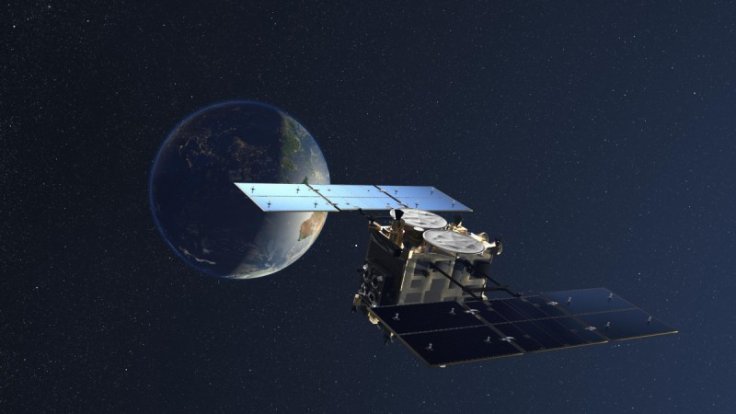The Japan Aerospace Exploration Agency (JAXA) on Tuesday confirmed that the gas collected from the sample container inside the re-entry capsule of the asteroid explorer, Hayabusa2, is a gas sample originating from asteroid Ryugu.
The Hayabusa2 re-entry capsule was recovered in Woomera, Australia on December 6 and delivered to the JAXA Sagamihara campus in Japan on December 8.
Work then began to open the sample container inside the re-entry capsule.

On December 14, a sample of grains of black sand thought to be derived from asteroid Ryugu was confirmed to be inside the sample container.
These are believed to be particles attached to the entrance of the sample catcher - the container in which the samples have been stored.
An analysis of the collected gas within the sample container was performed at the Quick Look Facility established at Woomera on December 7.
Gas in Sample Container Was Derived From Asteroid Ryugu
The results suggest that the gas differed from the atmospheric composition of the Earth, JAXA said in a statement.
For additional confirmation, a similar analysis was performed on December 10-11 at the Extraterrestrial Sample Curation Center on the JAXA Sagamihara campus.

This led to the conclusion that the gas in the sample container is derived from asteroid Ryugu.
This is the world's first sample return of a material in the gas state from deep space.
Hayabusa2 was launched on December 3, 2014.
Asteroid Explorer "Hayabusa2" is a successor of "Hayabusa" (MUSES-C), which revealed several new technologies and returned to Earth in June 2010.









